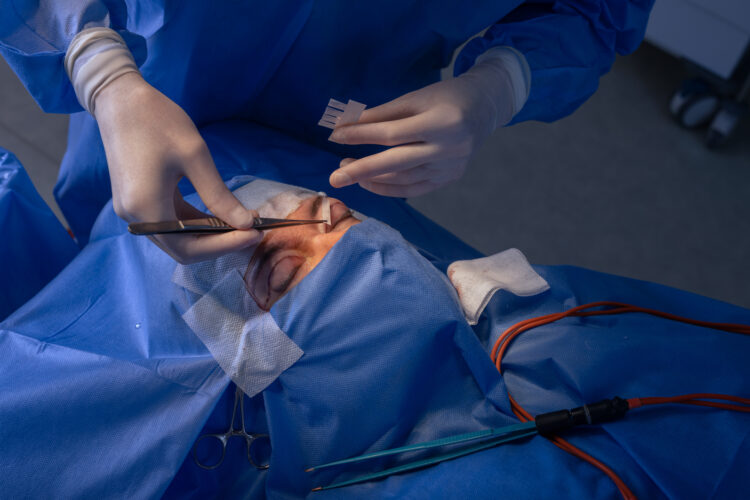
Eyelid surgery, or blepharoplasty, is a popular cosmetic surgery to enhance the appearance of the eyelids. This surgery tackles issues like droopy eyelids, bags under the eyes, and excess skin that can impair vision. While often performed for aesthetic reasons, eyelid surgery can also have functional benefits. Here are 15 essential things to know about the procedure.
Upper Eyelid Surgery
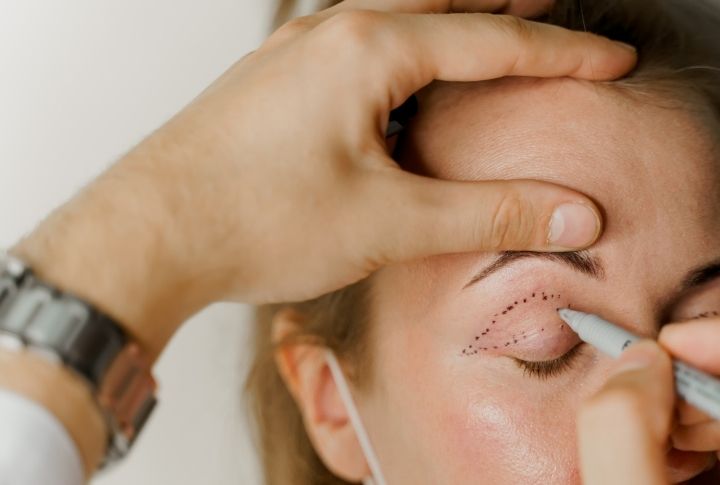
If you have drooping eyelids that may impede vision or create a hooded appearance, then an upper blepharoplasty is a remedy suited for you. It involves removing excess skin and sometimes fatty tissue from the upper region. The surgeon makes incisions hidden within the natural crease to minimize scarring. Upper eyelid surgery can improve vision and create a more alert and youthful look.
Lower Eyelid Surgery

Many people prefer this correction treatment mainly to tackle puffiness or under-eye bags. During the procedure, the doctor may remove excess fat deposits or reposition them to create a smoother under-eye area. They may also tighten muscles and tissues or remove a small amount of skin.
Bilateral Eyelid Surgery
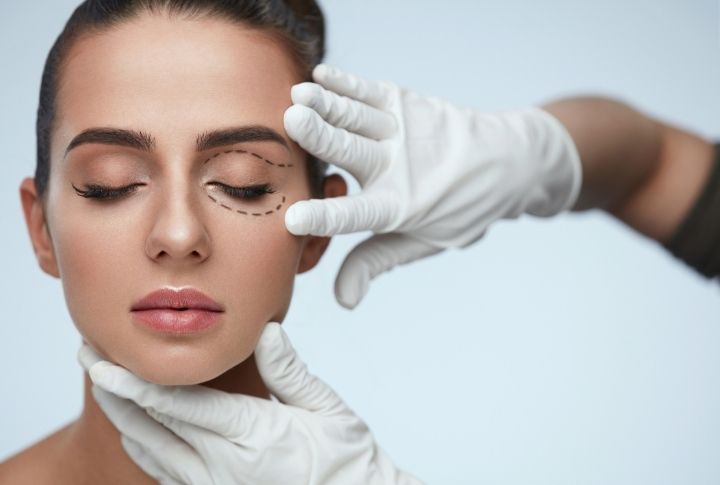
A bilateral eyelid surgery involves performing both upper and lower blepharoplasty in a single surgery. This comprehensive approach addresses concerns in the upper and lower eyelids for a more complete rejuvenation of the area around the eye. It’s ideal for patients with drooping upper eyelids and under-eye puffiness. However, the overall cost and potential risks are slightly higher than individual correction techniques.
Double Eyelid Surgery
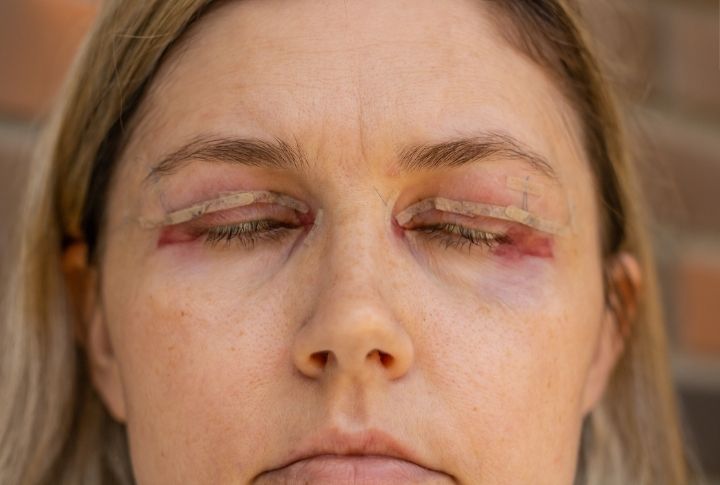
Also known as Asian blepharoplasty, it focuses on shaping a crease in the upper eyelid. A crease is commonly absent in people with monolids. The surgery aims to create a defined fold that enhances the eye shape, potentially making the eyes appear larger and brighter. Surgeons use various techniques, but all involve creating internal attachments between the skin and underlying muscle to form the desired crease.
Transconjunctival Eyelid Surgery
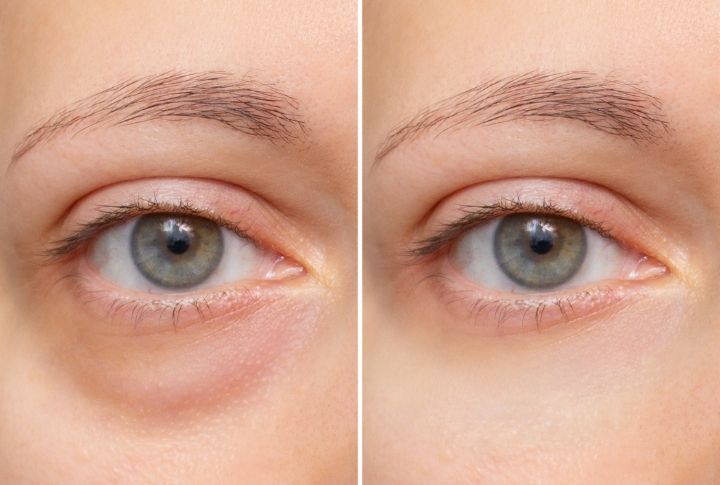
It is a specialized technique used primarily in lower eyelid surgery. Unlike traditional approaches, this operation involves making incisions through the inner lining of the eyelid using the conjunctiva. The method allows the professional to access and address excess fat deposits without creating any visible external scars.
Candidate Suitability

Ideal candidates for eyelid surgery are typically adults in good health. Individuals should not have any concerning serious eye conditions. Those with certain medical conditions, such as thyroid problems, dry eyes, or cardiovascular disease, must be evaluated carefully. Smokers are advised to quit smoking well in advance of the surgery.
Pre-Surgery Preparations

Several preparations must be made before undergoing this treatment. People are usually advised to avoid medicines that can increase bleeding risk, such as aspirin and anti-inflammatory drugs. Smoking should be stopped well ahead of the surgery date. Also, arrange for someone to drive you home and assist you for the first few days post-surgery.
Surgical Procedure

Depending on your needs, one is administered local anesthesia with sedation or general anesthesia and may involve incisions, laser techniques, or a combination of both. Oculoplastic surgeons prioritize minimally invasive techniques whenever possible to minimize disruption to surrounding tissues. The entire procedure usually takes one to three hours, depending on the extent of the surgery. Patients can typically go home the same day.
Recovery Time
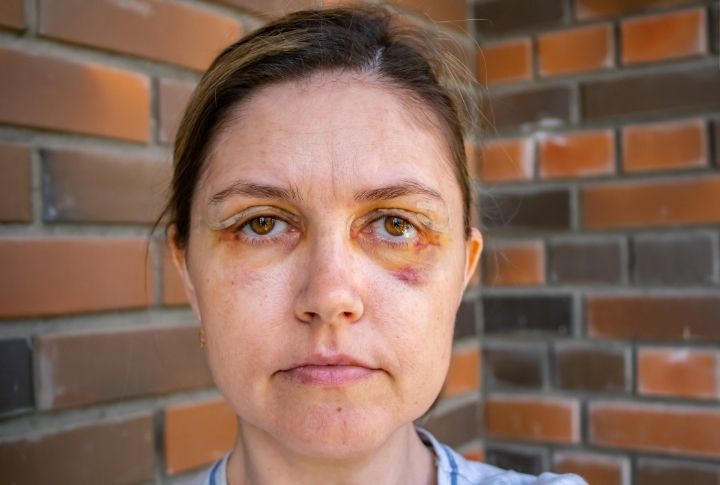
Recovery time may vary, but most patients generally return to normal activities within one to two weeks. Swelling and bruising are common in the initial days but gradually subside. Trying cold compression and keeping the head elevated can help reduce these symptoms. One should avoid engaging in strenuous activities for a few weeks.
Potential Risks

As with any surgery, blepharoplasty carries potential risks and complications. These can include infection, bleeding, scarring, and adverse reactions to anesthesia. Other specific risks involve dry eyes, difficulty closing the eyes, and temporary or permanent changes in vision. Rarely, severe complications such as ectropion (outward turning of the lower eyelid) may occur.
Longevity Of The Results

While generally long-lasting, it is not permanent, as the natural aging process continues. Most people enjoy the benefits of their surgery for many years, often a decade or more. Maintaining a healthy lifestyle, including protecting the skin from sun damage and avoiding smoking, can prolong the results. Although the surgery cannot stop aging, it can set back the clock, providing a more youthful appearance for an extended period.
Cost Considerations

The cost depends on the specialists’ experience, location, and technique. On average, the prices range from $3,000 to $6,000 for both upper and lower eyelids. This estimate typically includes the surgeon’s fee, anesthesia, facility costs, and necessary pre- and post-operative care. As it is a cosmetic procedure, many health insurance policies may not cover it, but you may be covered if performed for medical reasons, such as improving vision.
Choosing A Surgeon
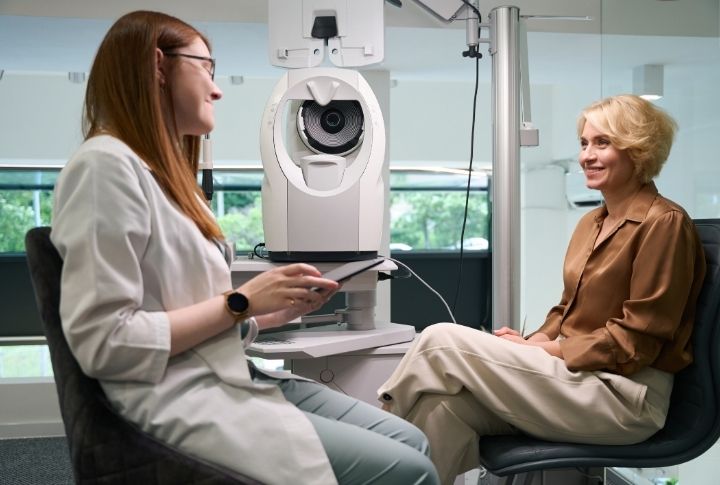
Selecting the right surgeon is vital, so it’s important to look into their experience and credentials. Additionally, one should review before-and-after photos of previous patients to get insight into the surgeon’s work. Patient testimonials and online reviews can also be helpful.
Realistic Expectations
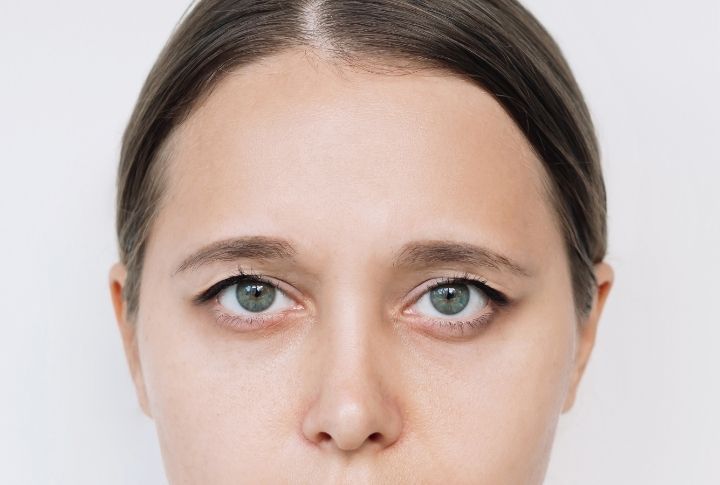
Blepharoplasty aims to refresh your appearance and potentially improve vision obstructed by drooping eyelids. Don’t expect dramatic changes or a completely ageless look. The goal is to achieve natural beauty with subtle enhancement, restoring a more youthful and rejuvenated appearance to the eye area.
Non-Surgical Options

Depending on your concerns, minimally invasive procedures like Botox injections, laser skin resurfacing, or dermal fillers may offer temporary improvement for wrinkles or puffiness. These procedures are less invasive and involve shorter recovery times. However, the results are not as long-lasting or dramatic as surgical options. Non-surgical treatments can be a good option for those seeking minor enhancements.

Comments
Loading…